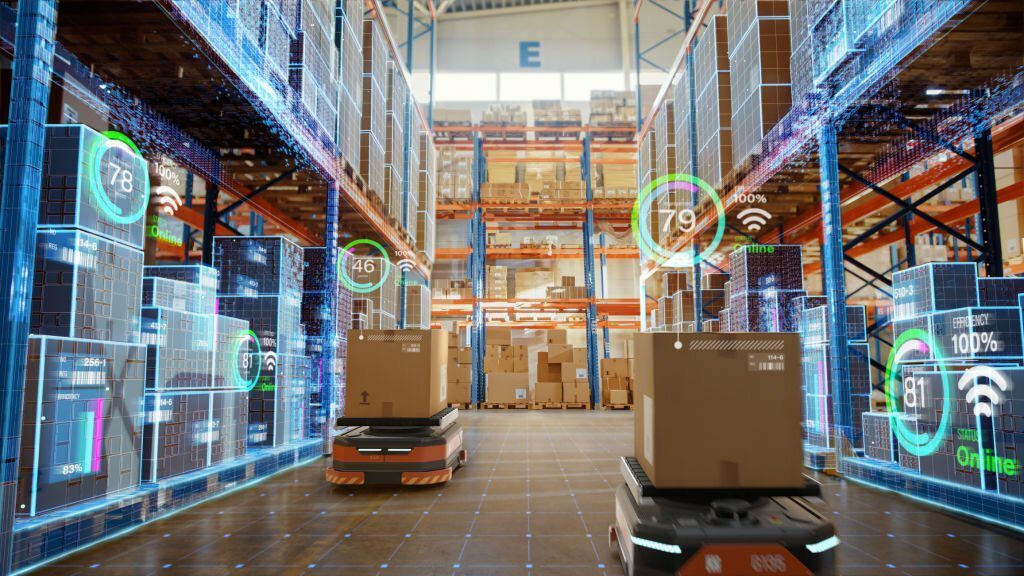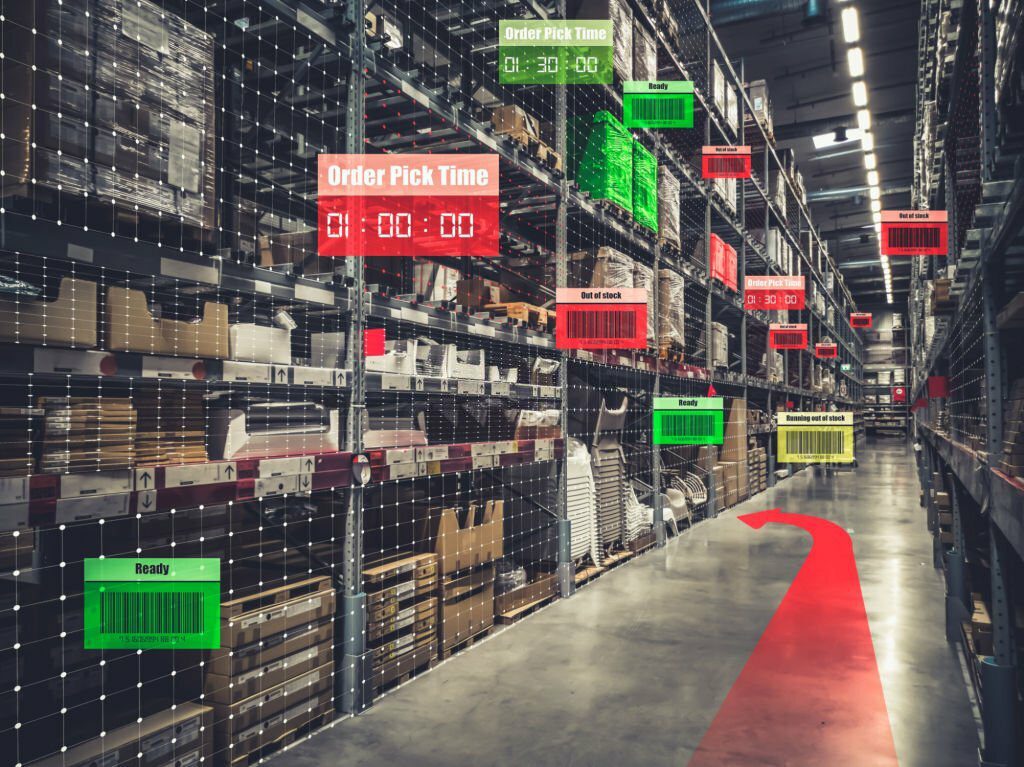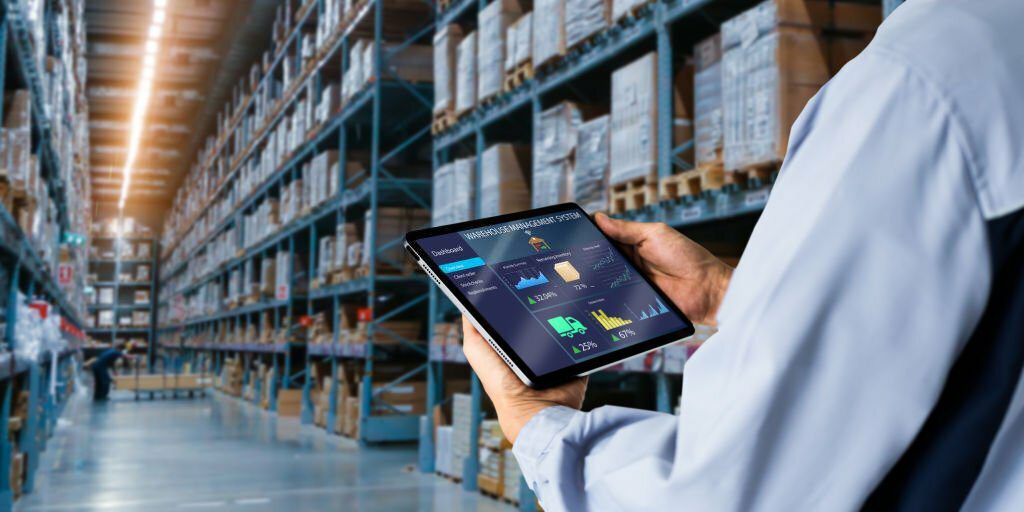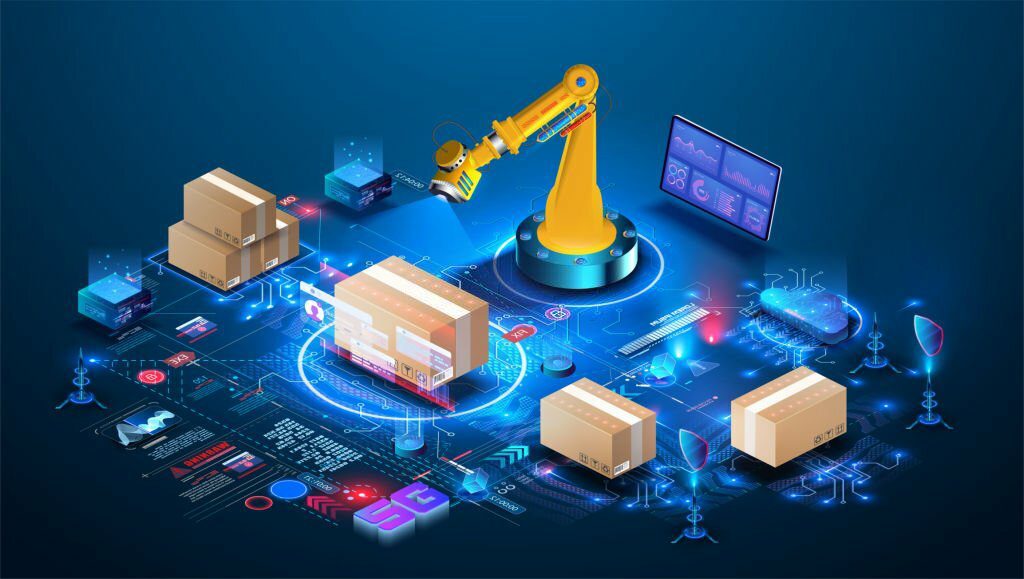The landscape of material handling is undergoing a profound transformation, driven by the integration of smart technologies into warehouse operations. In an era where efficiency and precision are paramount, smart warehousing solutions are emerging as the linchpin for seamless and intelligent material handling processes.
Material handling has always been a critical aspect of supply chain management, encompassing the movement, protection, storage, and control of goods. Traditionally, this involved manual labor and rudimentary mechanical equipment. However, the surge in technological advancements is reshaping this paradigm.
The advent of the Fourth Industrial Revolution, often referred to as Industry 4.0, has ushered in an era where connectivity and intelligence converge to enhance industrial processes. In the context of material handling, this translates into the integration of smart technologies such as the Internet of Things (IoT), Artificial Intelligence (AI), and data analytics.
IoT plays a pivotal role in smart warehousing. Through a network of interconnected devices, sensors, and equipment, real-time data is generated. This data encompasses a spectrum of information, including inventory levels, equipment status, and environmental conditions. This wealth of data enables precise monitoring and management of material flow.
IoT-enabled sensors are embedded in pallets, shelves, and even individual products. These sensors collect and transmit data to a centralized system. For instance, RFID tags on products allow for automated tracking, ensuring accurate inventory counts and minimizing errors in order fulfillment.
AI brings a layer of intelligence to material handling processes. Machine learning algorithms analyze vast datasets to identify patterns and trends, offering actionable insights for optimizing warehouse operations. AI-driven systems can predict demand, streamline routing for picking and packing, and enhance predictive maintenance for equipment.
What are the benefits? AI enhances decision-making by providing real-time analytics. For instance, it can optimize the picking process by dynamically reorganizing the warehouse layout based on the frequency of product retrieval. This not only reduces travel time but also enhances overall operational efficiency.



The deployment of robotics in material handling is a game-changer. Automated guided vehicles (AGVs) and autonomous robots navigate warehouses with precision, transporting goods efficiently. Collaborative robots, or cobots, work alongside human employees, enhancing speed and accuracy in tasks such as packing, sorting, and even customer service.
Why is it significant? Robotics minimizes manual labor, reduces the risk of human error, and increases the speed of material handling processes. This is particularly crucial in e-commerce fulfillment centers, where rapid and accurate order processing is imperative.
The influx of data from various smart devices and sensors is harnessed through advanced analytics. Data analytics tools provide actionable insights into warehouse performance, helping organizations make informed decisions.
What insights can be gained? Analytics can reveal patterns in customer behavior, aiding in demand forecasting. It can also optimize warehouse layouts for better efficiency and provide insights into equipment health, preventing breakdowns through predictive maintenance.
Smart warehousing doesn’t just focus on efficiency; it also prioritizes safety and security. IoT-enabled sensors can detect potential hazards, monitor environmental conditions, and ensure that safety protocols are adhered to.
How does it improve safety? For example, sensors can detect spills or leaks, triggering an immediate response. Additionally, they can monitor the air quality to ensure a safe working environment for employees.
The future of material handling lies in the continued integration and advancement of smart technologies. As AI, IoT, and robotics continue to evolve, so too will their applications in the warehouse. The result will be not only highly efficient and agile material handling processes but also safer and more secure warehouses.
In conclusion, smart warehousing solutions are at the forefront of the future of material handling. The seamless integration of IoT, AI, and robotics is ushering in an era of unprecedented efficiency, precision, and safety in warehouses. As businesses adapt to the demands of Industry 4.0, embracing these smart technologies will be key to staying competitive in an ever-evolving global market.
Was established in 1986, our primary business revolves around Independent Controls and Information Systems Integration.
Developed by Ish
